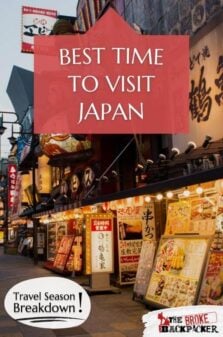Japan – the land of the rising sun. Nippon or Nihon as the country is most commonly referred to as by locals is the land of contrasts.
From immense natural beauty, delicious cuisine, kabuki baths, and onsen hot springs, to Anime, sushi boat restaurants, and all-night neon parties. Japan really has it all!
To keep with the contrast theme, you could be skiing in Eastern Japan on a winter’s day while sunbathing on the islands of Okinawa and Amami on the same day. Talk about polar opposites…
Where do I fit into all of this? Well, it’s your lucky day – I’ve gone and compiled this extensive, all-you’ll-ever-need guide centered on the best time to visit Japan. I know what you’re thinking “What a champ!”, and I’ll take that.
With tricks and tips, recommendations for when the best time to go to Japan is, and a whole lot more, get ready for the ultimate guide to visiting Japan.
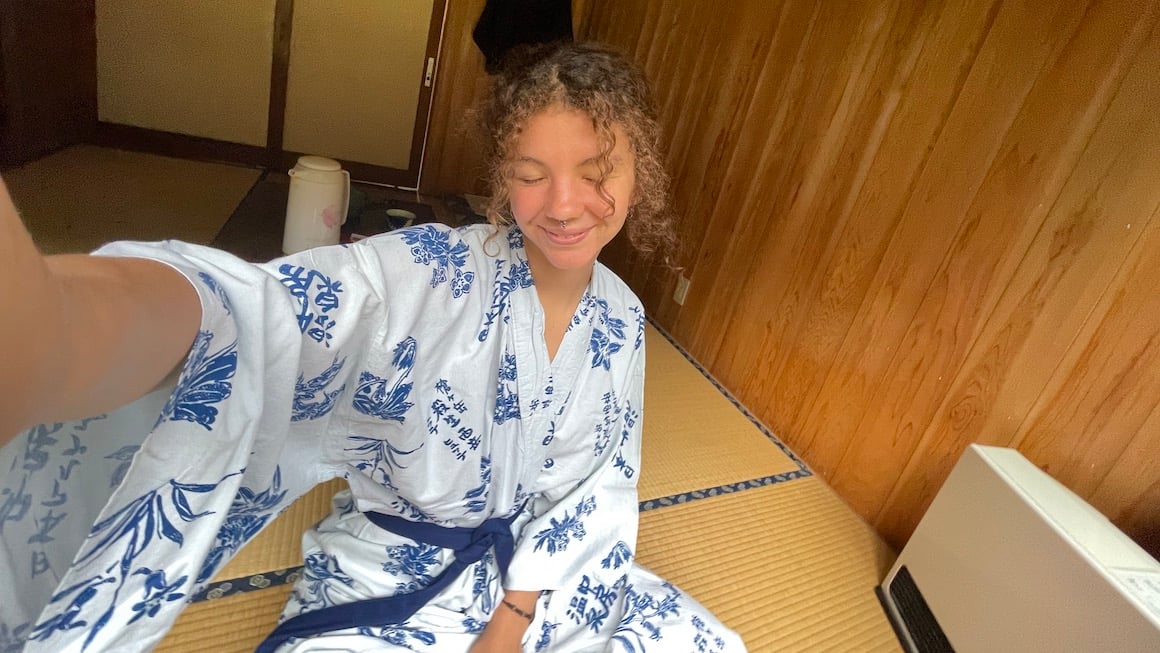
Photo: @audyscala
Best Time to Visit Japan – Between March and May, and September and November
Best Time To Go To Tokyo – Fall/autumn and spring (September to November and March to May)
Best Time For Kyoto – October and November, March to May
Best Time For The Beach –Mid July to August
Best Time For Sightseeing in Japan – April and May, October and November
Cheapest Time To Visit Japan – December to March
When is The Best Time to Visit Japan?
Now, you’re probably asking yourself “When should I visit Japan?”. Well, this is no simple question to answer and depends on what you’re looking to get out of your trip.
Are you traveling to Japan to go skiing or snowboarding? Or do you want to see the picturesque Cherry Blossoms in spring (along with half of the world’s population)? The answers to these questions will determine when the best time to travel to Japan is for YOU.
Japan has the usual four distinct seasons. Spring occurs between March and May and is referred to as the Cherry Blossom and Sakura season. Summer occurs between June and August, and is the rainy season in Japan.
Fall/autumn, spanning from September to November, boasts stunning foliage that makes it an unparalleled IG destination on Earth. Finally, winter occurs between December and February. It’s known as the skiing season and is the best time to hit the slopes.
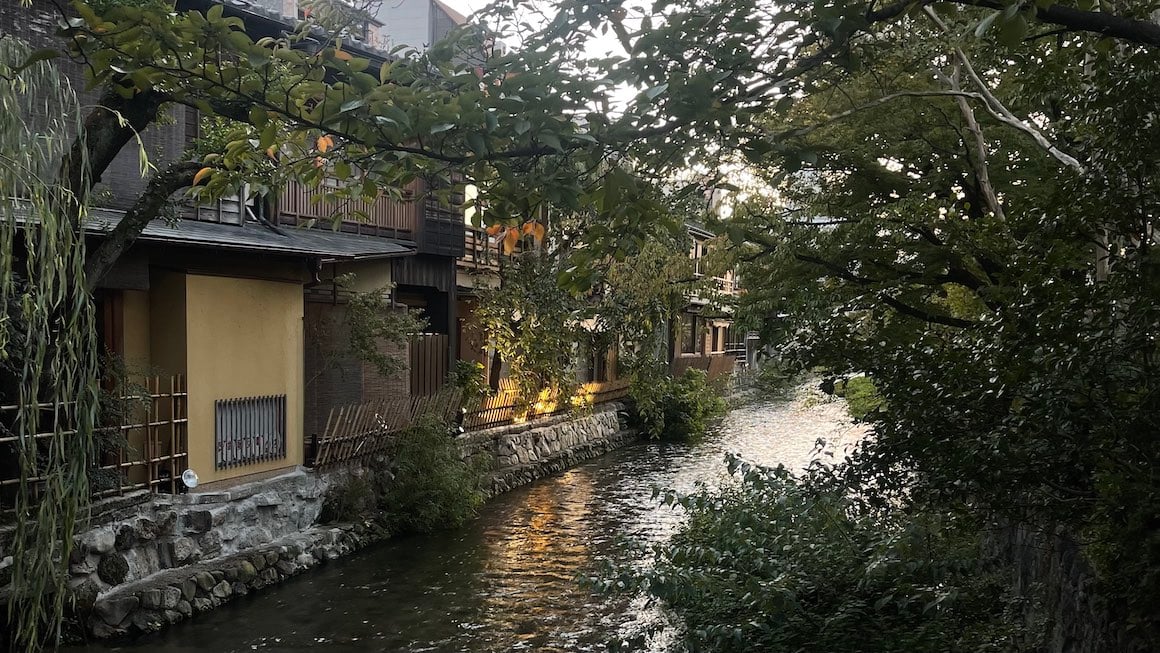
Photo: @audyscala
Having said this, the peak tourist season in Japan is between March and May (spring) and again from September to November (fall/autumn). This is the busiest time of the year for tourists. It’s also when you can expect the price of places to stay in Japan to be at their highest.
Summertime is extremely hot and humid in Japan, especially in the big cities. It is also the rainy season in the country which makes exploring and being outdoors quite unpleasant.
Generally speaking, winters in Japan are sunny and dry, but this does differ greatly depending on the region at hand. Many regions experience snow and provide some of the world’s best skiing and snowboarding conditions.
When is the Cheapest Time to Visit Japan?
The low season in Japan runs over December, January, and February. During this time, the country sees the least number of tourists and it is probably the cheapest time to go to Japan. It is important to note that if you’re looking for a sweet deal, make sure you don’t travel to Japan during the winter holidays…
Many people make the mistake of thinking that because Japan is in Asia, it’s going to be a cheap travel destination. But don’t be fooled – things can get expensive!
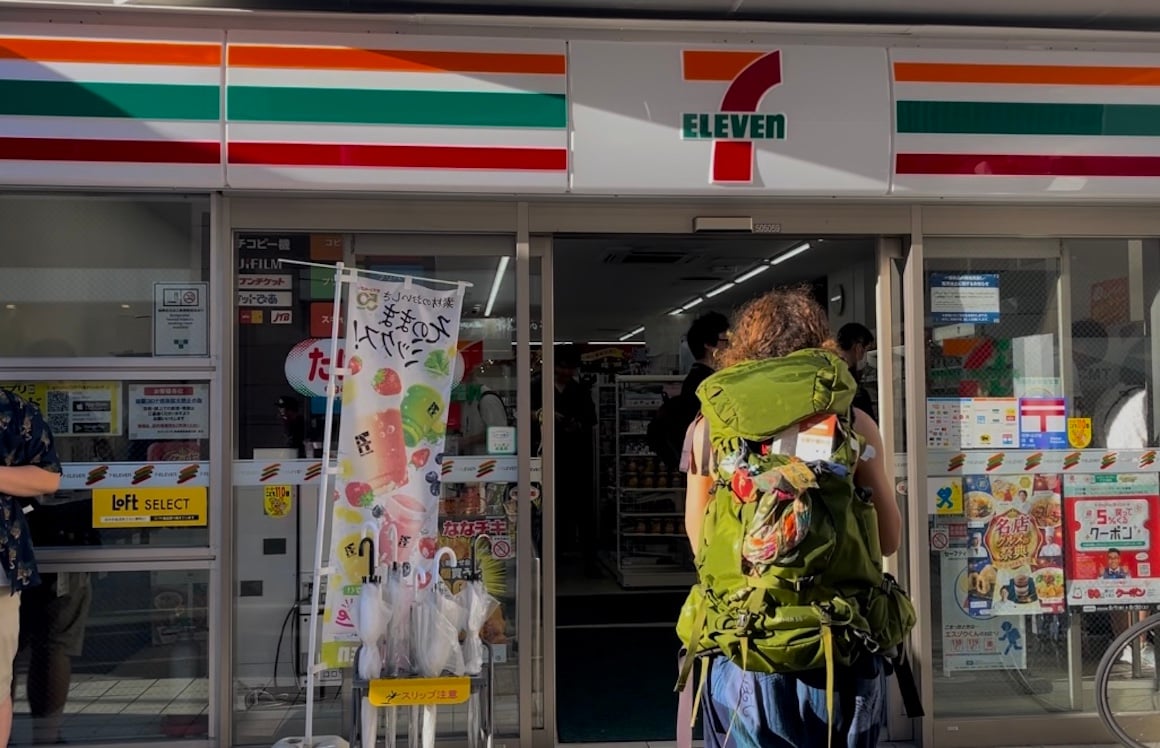
Photo: @audyscala
Don’t panic though, there are always ways to travel cheaply in expensive countries Although Japan has a reputation for being a pricey place to visit you can get away with an affordable holiday. You just need to travel at the right time of year.
If you travel during the peak Cherry Blossom or Sakura season, prepare to pay premium prices – it’s simple supply and demand. You’re also going to have to share with hoards of other travelers so prepare to get those elbows out! Overall, not a great time of year to travel, in my humble opinion.
The best option is to try and sneak in for a travel stint on the fringe of the fringe seasons, on either side of the hustle and bustle. The blossoms might be early which is in your favor, or you can catch them at the end of the season.
This will coincide with things being a little less chaotic and hopefully, you’ll still be able to score a sweet accommodation deal.
When to Visit Japan – Weather by Month
Right, now you might still be confused as to when the best time to visit Japan is but don’t stress. I’ve got you covered. I’ve compiled a month-by-month breakdown with the highlights of each month and what you can expect weather-wise.
Each month has its own charm and with it, comes varying weather conditions. This is especially prevalent between the far east of Japan and the islands to the southwest.
Let’s take a look!
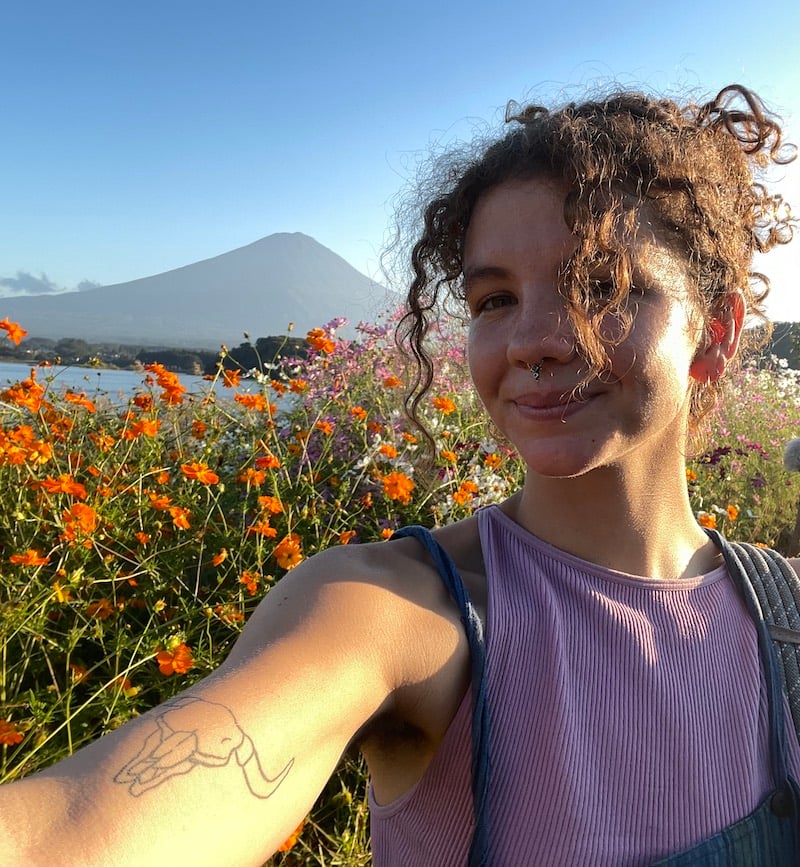
January in Japan
- Average Max. Temperature: 8°C, 46°F
- Rainfall: 9 days
January in Japan is bang in the middle of winter, so pack accordingly. The weather is generally sunny and dry, but cold.
New Year is one of three major travel seasons in the country. So you can expect both local and international travel to be at one of its busiest times.
Thereafter, the travel conditions are pretty breezy. Most attractions are quieter and prices are stabilizing, aside from Chinese New Year if it falls in January. There is also snowfall up in the north of Japan as well as along the Sea of Japan. You know what that means – dust off those skis and hit the slopes!
February in Japan
- Average Max. Temperature: 9°C, 48°F
- Rainfall: 11 days
February in Japan is another great time to travel to Japan. The weather remains sunny and dry, albeit cold, and the tourism levels are relatively low. If Chinese New Year falls in February, as it will in 2024, then you can expect things to be a bit chaotic and prices to increase.
While the days are short, there’s plenty of time to hit the slopes and also head out for some rather unusual sightseeing. The drift ice in Hokkaido and the snow-capped farmhouses in Shirakawago are some of my favorite things to see during February.
March in Japan
- Average Max. Temperature: 12°C, 54°F
- Rainfall: 17 days
The weather in Japan in March slowly starts to warm up and the first signs of spring begin to creep in. Plum trees are some of the first to come alive with their beautiful pink hues brightening up the landscape from its barren winter colors.
There is still some snow up in the northern stretches of the country but the highlight of March is definitely the beginning of the Cherry Blossom bloom.
Tourism levels are still relatively low during March. But, the spring school holidays start in the second half of the month leading to increased domestic tourism.
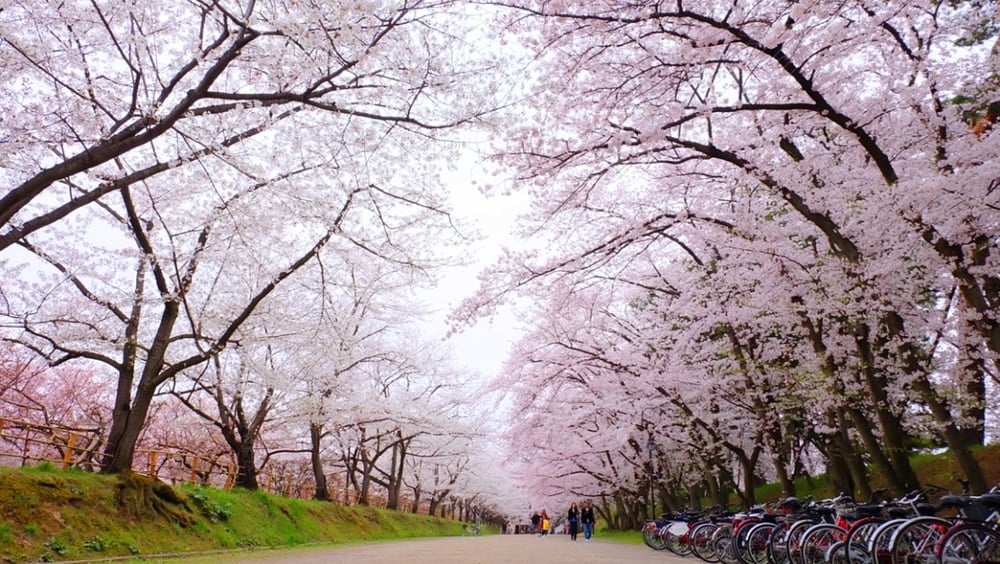
April in Japan
- Average Max. Temperature: 17°C, 63°F
- Rainfall: 16 days
Japan is one of my favorite locations to visit in April. April is one of the most beautiful times of the year here, as the Cherry Blossoms and Sakura groves are in full swing. It is largely considered to be the best time to visit Japan as the weather is pleasant and mild to complement the Cherry Blossom bloom.
It is, however, one of the busiest times to visit Japan so be prepared to get those elbows out. Cities like Tokyo and Kyoto are incredibly crowded and accommodation prices go through the roof.
So, if you don’t mind the crowds and your budget isn’t an issue, then it can be the best time to go to Japan. Golden Week also starts at the end of April, so the busyness continues into the first week of May – just when you thought it was going to quieten down!
May in Japan
- Average Max. Temperature: 21°C, 70°F
- Rainfall: 16 days
May is also one of the busiest travel months in Japan, with Golden Week falling at the beginning of the month. After Golden Week has passed, May becomes one of the best times to visit Japan. The vegetation is in a lush state, there’s warm and dry weather and slightly lower tourism levels.
The rainy season begins down in Okinawa, however, so it’s best to move on from there and head over to Hokkaido. The spring season is slightly behind Tokyo so you can venture up there to take advantage of the vibrant colors that begin to reveal themselves.
June in Japan
- Average Max. Temperature: 24°C, 75°F
- Rainfall: 20 days
June in Japan is the official start of the summer season, but with that comes the rainy season (tsuyu), except for in Hokkaido. The weather is generally a bit dull and overcast during June. The temperature and humidity levels peak too – prepare to get your sweat on!
However, not all is lost. The weather in Okinawa improves throughout the month and the island says goodbye to the rainy season.
Hokkaido attracts visitors as the rainy season tends to affect the region less than the rest of the country. Koyasan and Hakone are also beautiful places to visit in Japan during summer.
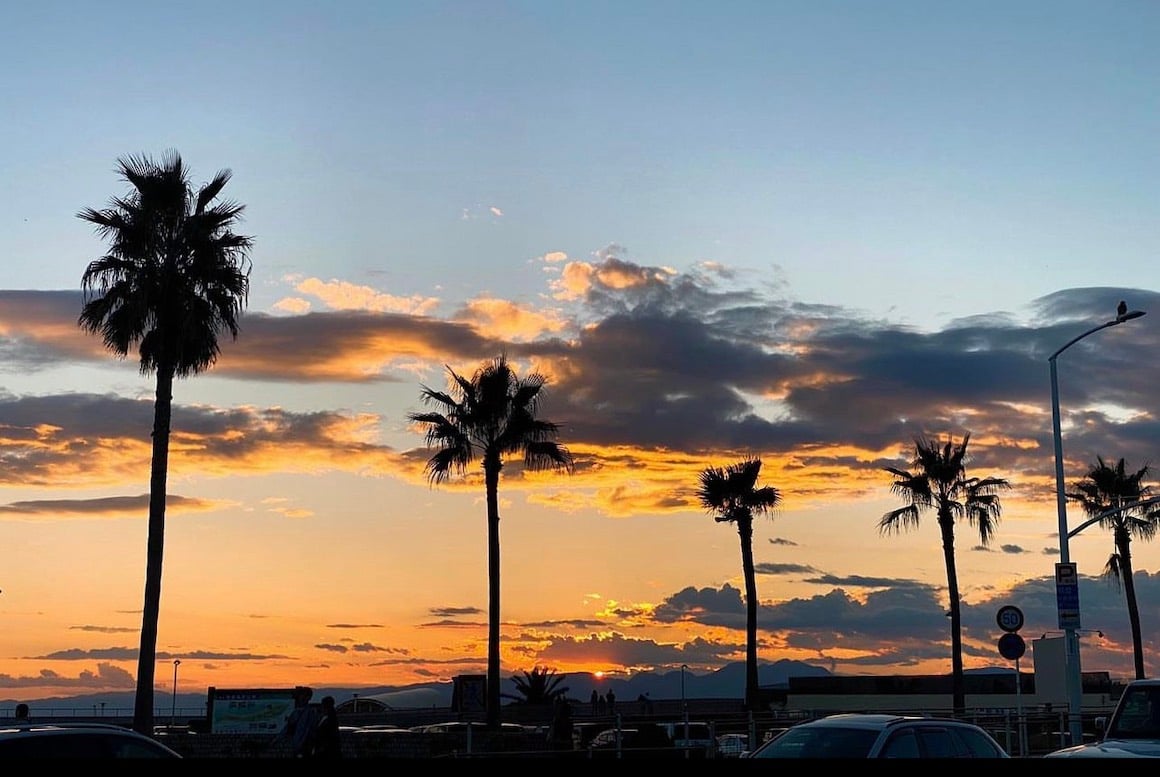
Photo: @audyscala
July in Japan
- Average Max. Temperature: 28°C, 82°F
- Rainfall: 20 days
July in Japan is hot and humid, with the daily temperatures hovering around 28°C, with nighttime temperatures cooling slightly but still remaining high. Again, prepare to be a sweaty Betty as humidity levels peak and simply standing in the shade will get those sweat glands flowing.
The rainy season tends to peter off throughout the month and come to an end before month end and outdoor activities become popular. Think climbing on Mount Fuji, beaching on Okinawa, local festivals, and even specialist cormorant fishing.
The second half of the month also gets quite busy as the school summer holidays begin, and with it comes busier domestic travel and higher prices. Monsoon season also kicks in around this time so be prepared for some downpours!
August in Japan
- Average Max. Temperature: 29°C, 84°F
- Rainfall: 17 days
August in Japan sticks with the summer theme – hot and humid in most of the country. Temperatures range between 25°C and 35°C (77°F and 95°F) and the coastal regions experience the highest humidity levels.
There’s also a general buzz in the air as many festivals and fireworks displays are happening throughout the month.
Regions like Hokkaido as well as other higher elevation areas are more tolerable as temperature and humidity levels are slightly lower.
The school holidays continue into August so you can expect domestic travel activity to be buzzing and things to be somewhat crowded. Obon week also adds to the intensity and busyness in August – an annual Buddhist event in which one’s ancestors are commemorated.
September in Japan
- Average Max. Temperature: 26°C, 79°F
- Rainfall: 20 days
You can expect typhoons in areas like Kyushu, Shikoku, and Okinawa during September, while the rest of the country is still hot, although cooler than July and August. Humidity levels also drop slightly and September can be a great time to visit Japan as tourist levels are pretty low and attractions less crowded.
While early September is still considered to be summer, late September transitions into fall/autumn. With this comes those vivid autumnal colors and beautiful fall foliage that scatters the country. Hokkaido is a popular place to visit to see the fall foliage as the island’s forests begin to change color.
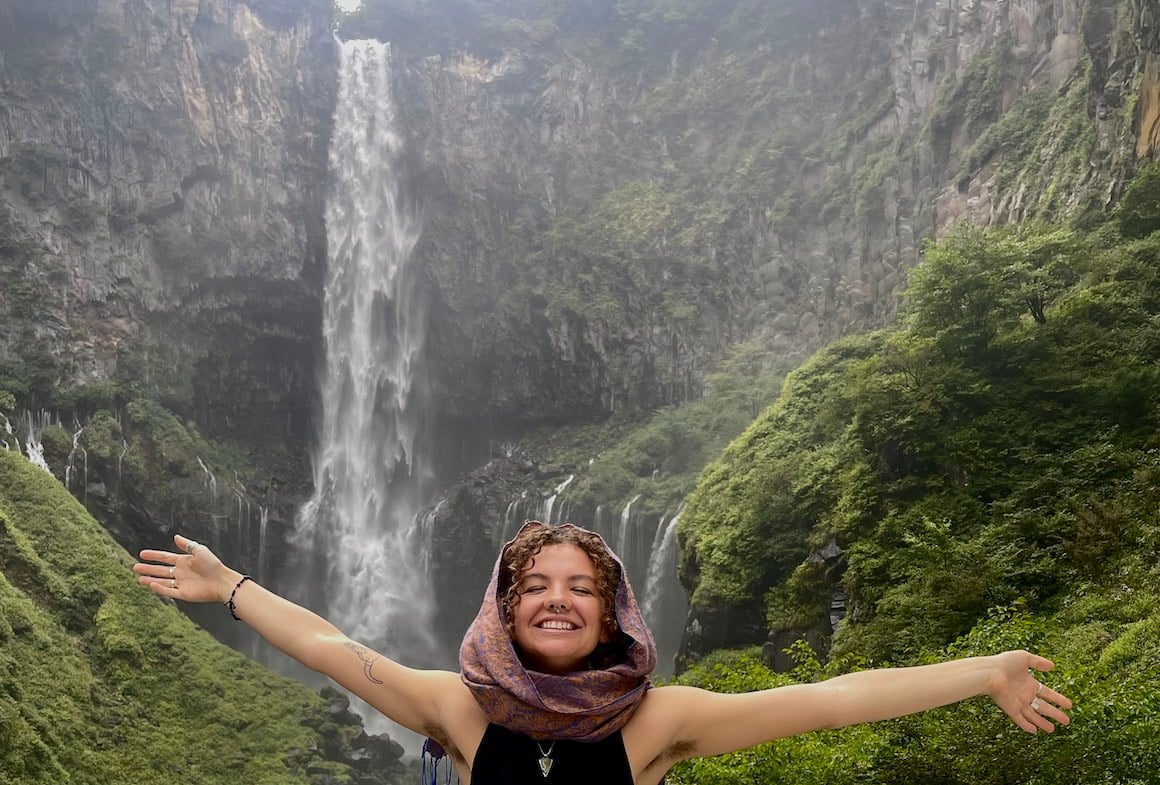
Photo: @audyscala
October in Japan
- Average Max. Temperature: 20°C, 68°F
- Rainfall: 17 days
October in Japan is a great month to travel because the weather is pleasant – not too hot and not too humid either. It is one of my favorite months to see the colorful trees scattered around the country and there aren’t hoards of sweaty tourists about.
Typhoon season has generally wrapped up by the end of September, so you’re likely to be blessed with comfortable weather free of wind, rain, and downpours. With there being few domestic and international tourists about, prices are generally good and there’s plenty of accommodation available. I particularly recommend opting for some Japanese Ryokan for a unique experience.
November in Japan
- Average Max. Temperature: 15°C, 59°F
- Rainfall: 12 days
November in Japan is once again a vibrant time of the year with beautiful fall foliage and autumn colors. The weather is also generally mild and dry and there are few tourists about which makes it one of the best times to visit Japan.
You will find tourists around the most popular foliage viewing spots though; so you won’t get the areas completely to yourself. It’s also a great time to see row upon row of ginkgo trees in Meiji Jingu Gaien in Tokyo.
December in Japan
- Average Max. Temperature: 11°C, 52°F
- Rainfall: 9 days
The first few weeks of December in Japan are great as the school holidays haven’t begun yet and both domestic and international travel isn’t busy yet. However, things start to get busier towards the end of the month when the winter school holidays begin.
From the 29th of December, the New Year holidays begin and many of the tourist attractions shut for about a week.
The weather is generally cool and mild, with the ski season getting fully underway in December. You can expect prices to be on the up, especially in resort towns and things start to get busier, so make sure to book your accommodation well in advance.
Best Time to Visit Japan by Place
Right, now let’s take a look at the best time to visit Japan by place. I’ve picked a few of my top cities to visit, each with its own unique charm and tourist attractions.
Best Time to Visit Tokyo
A journey around Tokyo, Japan’s capital, is a captivating blend of motions and reflections – a super modern city, coupled with many traditional elements. You’ll find state-of-the-art, neon-lit skyscrapers and traditional temples on the same block.
The city is also famous for its performing arts such as Rakugo, Noh, and Kabuki. The best part of it all? Tokyo has a temperate climate so you can visit at any time of the year.
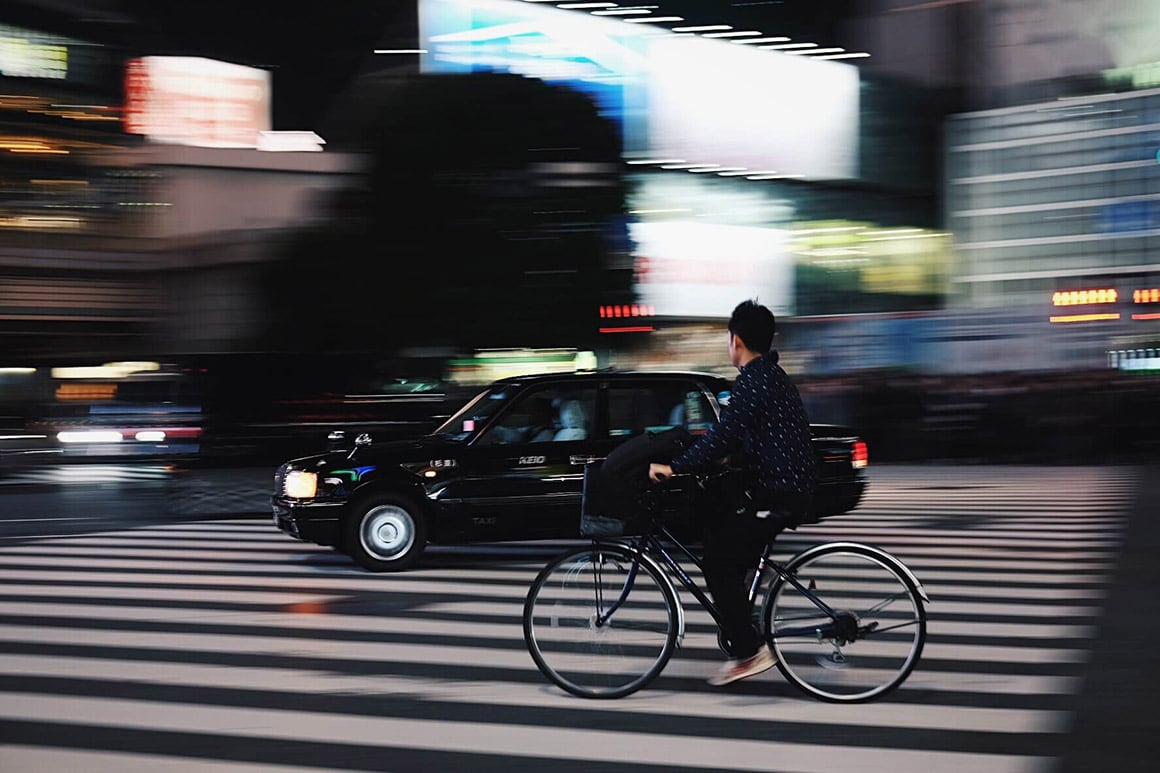
Photo: @monteiro.online
Having said this, summer in the city is not very comfortable. It is incredibly hot and humid, so the months of June, July, and August can just be unpleasant. You’re likely to just sweat buckets, even in the shade.
And it also happens to be the rainy season so you can expect to get wet too. Winter, on the other hand, gets chilly but not too cold. The beauty is that there aren’t many tourists about in winter, so you can nab a sweet deal on accommodation.
If you plan on staying in Tokyo for a while, the best times to visit are definitely the shoulder seasons.
Spring (March to May) and fall/autumn (September to November) are some of the best times to visit the city, not only because of the mild weather. Cherry Blossoms are in full bloom in spring and are a huge attraction.
This does mean the city is crowded during this time and prices can skyrocket, especially accommodation. Fall/autumn is also another popular time to visit Tokyo, with moderate temperatures and vibrant fall hues.
Best Time to Visit Osaka
The port city of Osaka, located on the island of Honshu, is best known for its buzzing nightlife, street food culture, and incredible architecture. While it’s only a short Shinkansen (colloquially known as the bullet train) ride from Tokyo, the two cities couldn’t be more different. Osaka has a much more relaxed, laid-back, and welcoming feel about it.
Osaka, like Tokyo, benefits from a temperate climate so again, you can pretty much visit at any time of the year. Summers are hot and humid, and winters are chilly but not unpleasant. Spring and fall/autumn are great times to visit Osaka as the weather is the most mild and pleasant.
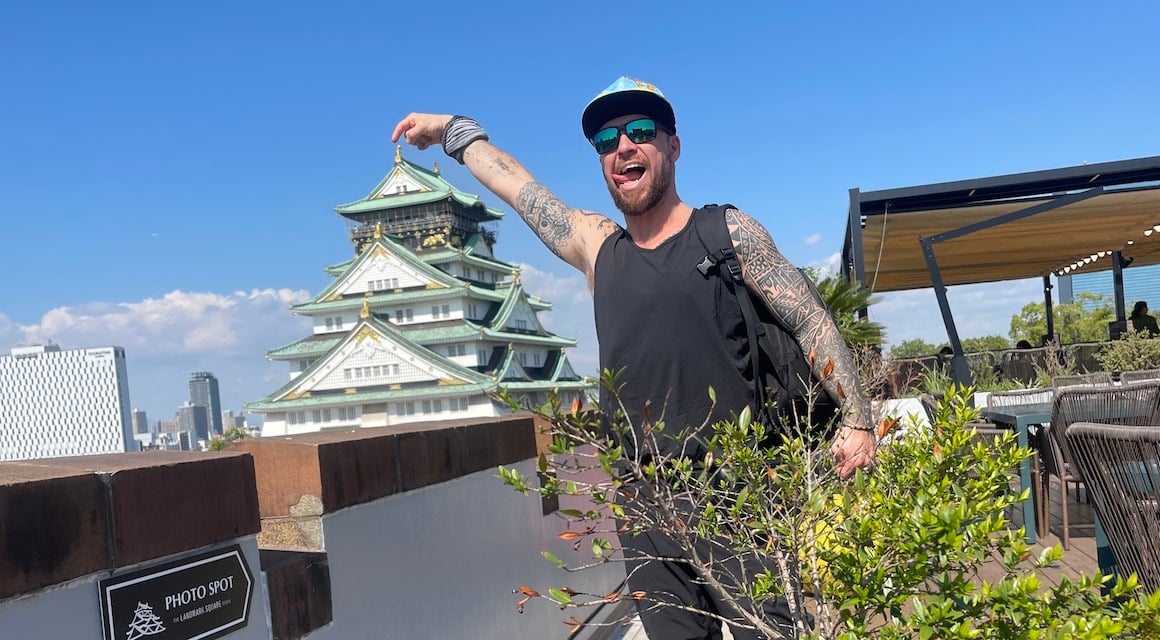
While there is no real bad time to visit the city, it depends on the activities you wish to enjoy. Spring once again sees the Cherry blossoms in bloom but is also a great time to watch some sumo wrestling.
Summer is the perfect time to take advantage of the heat. There are so many things to do in Osaka; you can hit the beaches, attend a festival, or watch a fireworks display.
Fall/autumn also has its own set of festivals that you can attend. And, of course, it’s the season to go koyo hunting for those stunning photos. Finally, winter is all about nighttime illuminations and hitting the slopes for some skiing just a a short commute from Osaka.
Best Time to Visit Kyoto
The city of Kyoto, was the capital of Japan until it moved to Tokyo in 1868. It’s often regarded as one of the most beautiful places in Japan. Kyoto is most famous for its staggering number of Shinto shrines and Buddhist temples that cover the city – 400 and 1,600 respectively! While it may have lost the coveted title of Japan’s capital, it remains the religious capital of the country.

Photo: @audyscala
Kyoto also benefits from a temperate climate so much of the same applies when it comes down to the best time to visit. Hot and humid summers make it a bit unpleasant, winters are chilly but still very much a doable time to travel. But the spring and fall/autumn once again prevail as the best times to visit.
Again, expect Cherry Blossoms in spring and vibrant hues in fall/autumn, both being rather busy times in the city. Accommodation in Kyoto also tends to sell out and can get expensive (if you can find it).
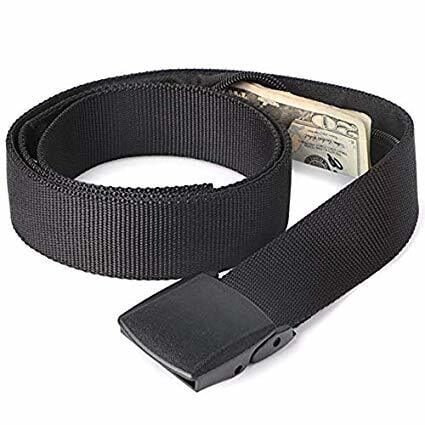
Stash your cash safely with this money belt. It will keep your valuables safely concealed, no matter where you go.
It looks exactly like a normal belt except for a SECRET interior pocket perfectly designed to hide a wad of cash, a passport photocopy or anything else you may wish to hide. Never get caught with your pants down again! (Unless you want to…)
Hide Yo’ Money!Best Time to Visit Japan for Parties and Festivals
Festivals are immensely engrained in Japanese culture. Parties and traditional cultural festivals (matsuri) take place throughout the year so you should be able to fit one into your trip.
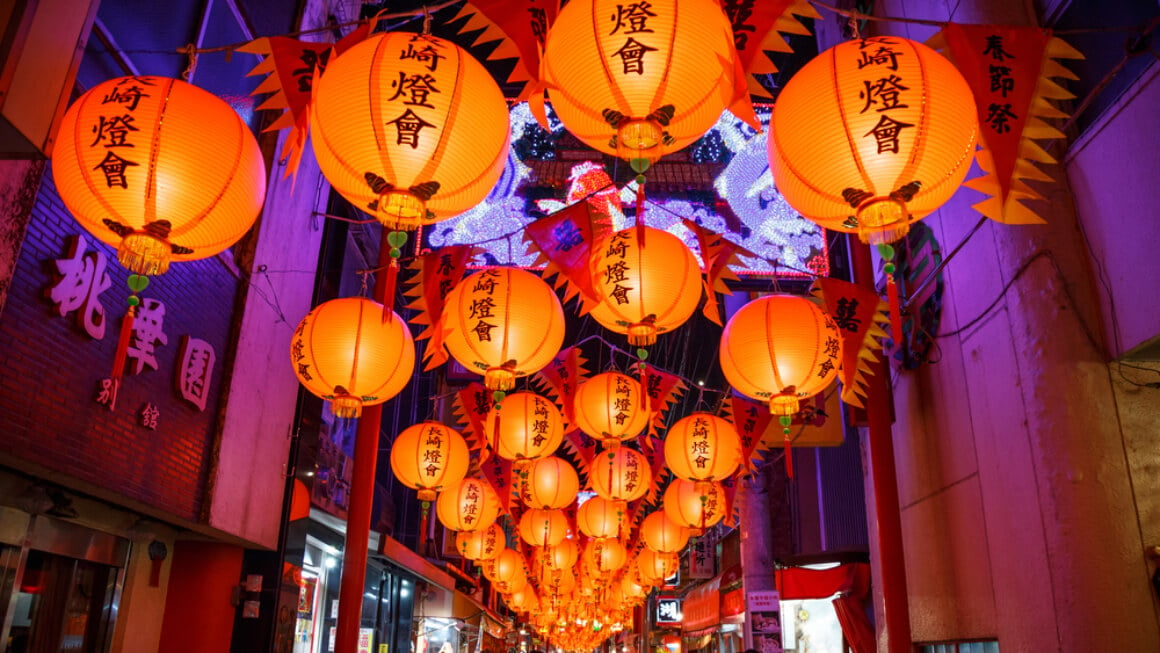
Let’s take a look at some of the top parties and festivals in Japan.
• Fuji Rock Festival takes place at Naeba Ski Resort every summer for three days. With a mix of more than 200 artists, both local and international, and crowds in excess of 100,000, it claims the title of Japan’s largest outdoor music festival.
• Chichibu Yomatsuri takes place in the city of Saitama every December. The festival has been at the Chichibu Shrine for the last 300 years with beautifully designed floats being the highlights of the event. Expect taiko drums, flutes, and fireworks displays too!
• The Sapporo Snow Festival is a week-long winter festival that takes place in early February every year. The festival is located in Odori Park in Hokkaido and is centered on large snow and ice sculptures. You can also expect concert performances to complement the main sculptures.
• Gion Matsuri has been hosted at the Yasaka Shrine in Kyoto for more than 1,100 years! The matsuri lasts the entire month of July, with the main procession of floats happening on the 17th of the month.
• The Nagasaki Kunchi celebrates that Suwa Shrine and has been happening for the last 400 years. The festival takes place from the 7th – 9th October every year and is super exciting. Think dragon dances, floats, and traditional Japanese dance.
• The Sumida River Fireworks Festival is Japan’s oldest and most famous fireworks festival. It takes place annually on the last Saturday of July and fireworks are launched from barges on the Sumida River in Tokyo.

A new country, a new contract, a new piece of plastic – booooring. Instead, buy an eSIM!
An eSIM works just like an app: you buy it, you download it, and BOOM! You’re connected the minute you land. It’s that easy.
Is your phone eSIM ready? Read about how e-Sims work or click below to see one of the top eSIM providers on the market and ditch the plastic.
Grab an eSIM!Don’t Forget your Japan Travel Insurance
Travel insurance is a no-brainer in 2024. Equip yourself with some decent Japanese travel insurance to ensure you can enjoy your trip without worrying about accidents or mishaps.
ALWAYS sort out your backpacker insurance before your trip. There’s plenty to choose from in that department, but a good place to start is Safety Wing.
They offer month-to-month payments, no lock-in contracts, and require absolutely no itineraries: that’s the exact kind of insurance long-term travellers and digital nomads need.
SafetyWing is cheap, easy, and admin-free: just sign up lickety-split so you can get back to it!
Click the button below to learn more about SafetyWing’s setup or read our insider review for the full tasty scoop.
FAQs On The Best Time to Visit Japan
Right, let’s now take a look at some of the most commonly asked questions about the best time to visit Japan:
Final Thoughts on The Best Time To Visit Japan
So, when exactly is the best time to visit Japan? Well, that depends on you and what you’re looking to get out of your trip.
To be honest, there’s no real bad time to visit this beautiful country, only times that may be more or less pleasant given temperatures and crowds.
The bottom line is, that whenever you visit Japan, you’re going to have an epic time. Whether you’re keen to see those famous Cherry Blossoms, are keen for some winter sports, or even summer hiking and beaching, there’s something for you.
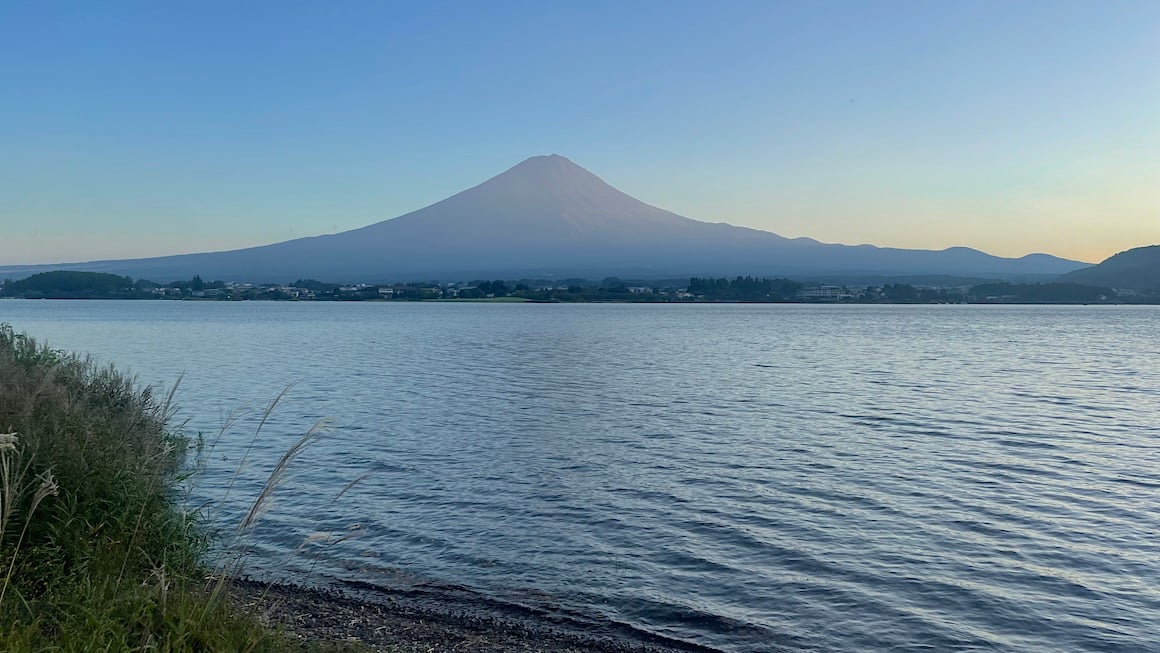
Photo: @audyscala
The best time to go to Japan is NOW! There’s no time like the present, so book that flight and get exploring! The land of the rising sun awaits!
Mata ji kai made!
- Backpacking in Japan? I’ve got you covered!
- Let’s get you clued in and ballin’ on a budget with our Japan travel tips.
- With the best sim card for Japan you can stay connected, always.
- If you’re looking for unique experiences, you’ll love these capsule hotels in Osaka.
- Or… get a more comprehensive overview on where to stay in Kyoto.
- Fushimi Inari Taisha Shrine is a highlight of any Japanese adventure. Don’t miss it!
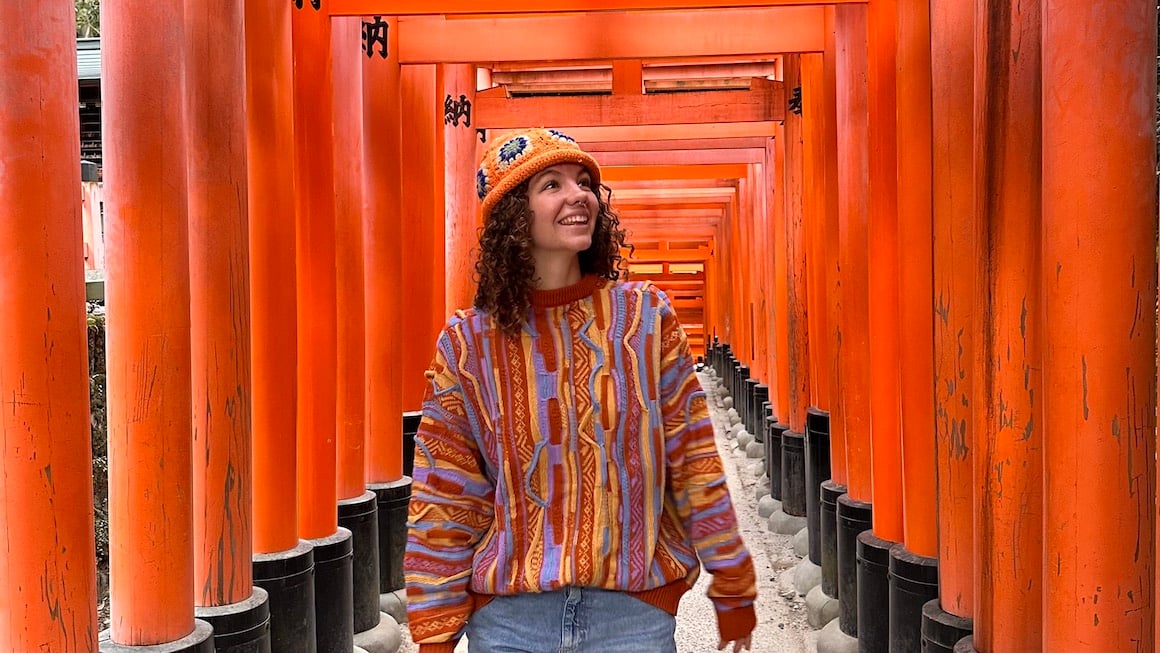
Photo: @audyscala

And for transparency’s sake, please know that some of the links in our content are affiliate links. That means that if you book your accommodation, buy your gear, or sort your insurance through our link, we earn a small commission (at no extra cost to you). That said, we only link to the gear we trust and never recommend services we don’t believe are up to scratch. Again, thank you!



